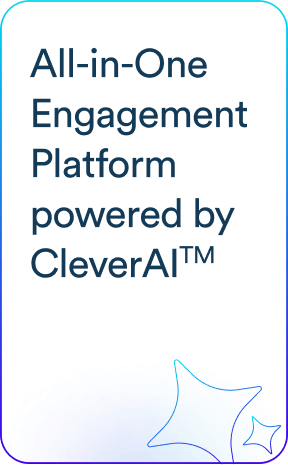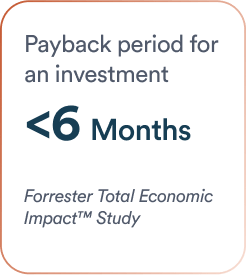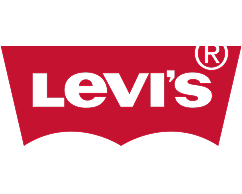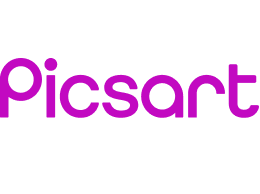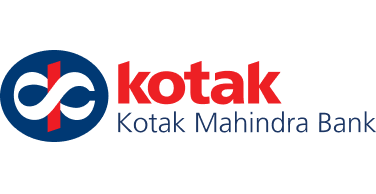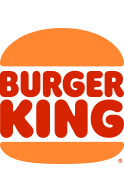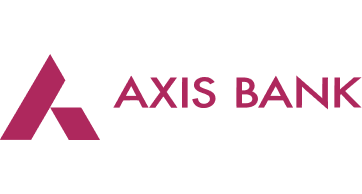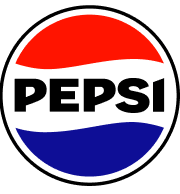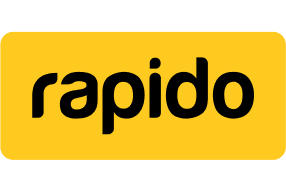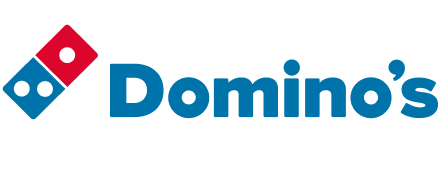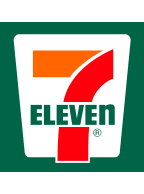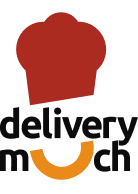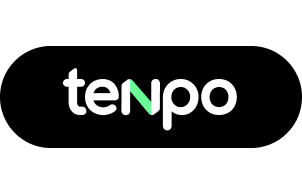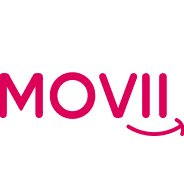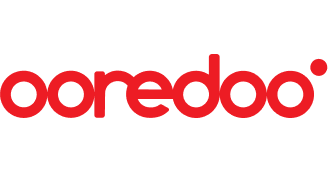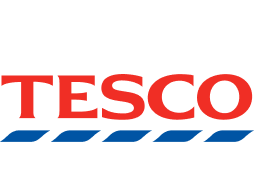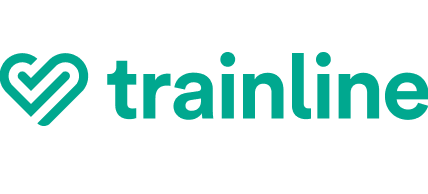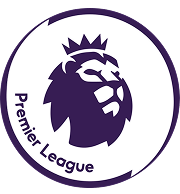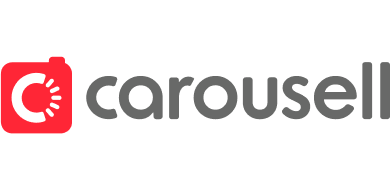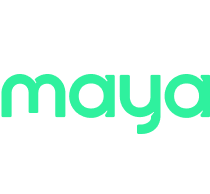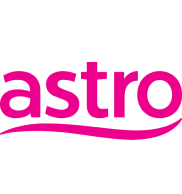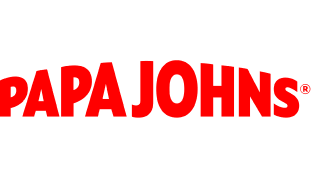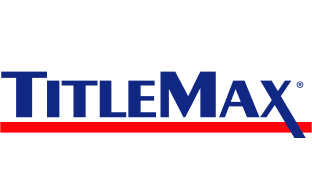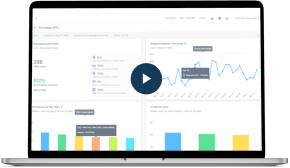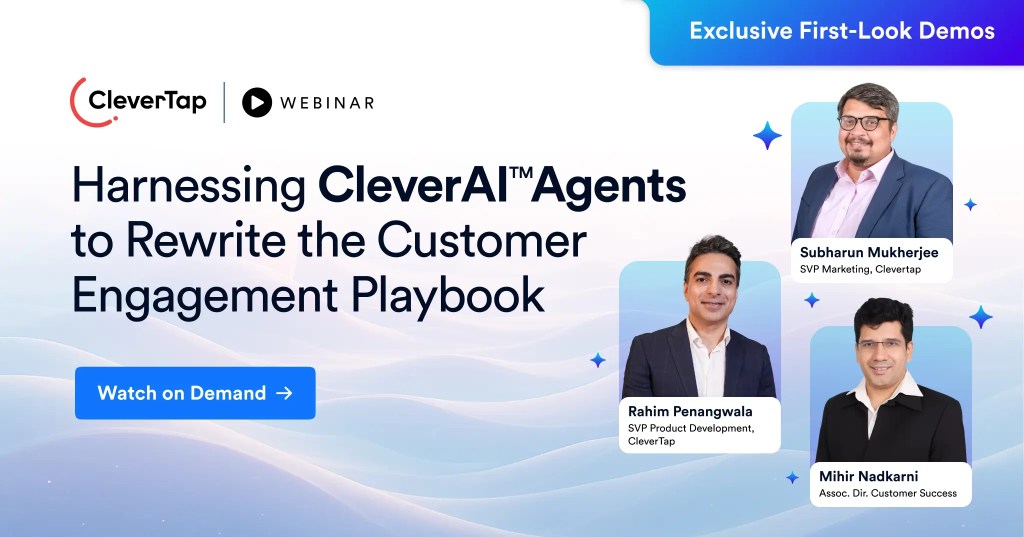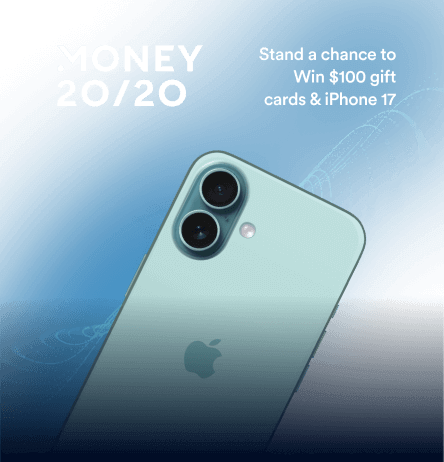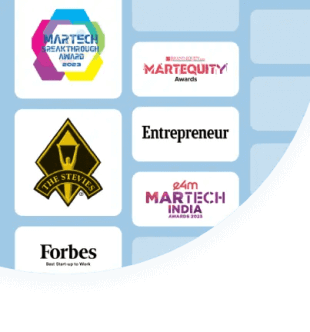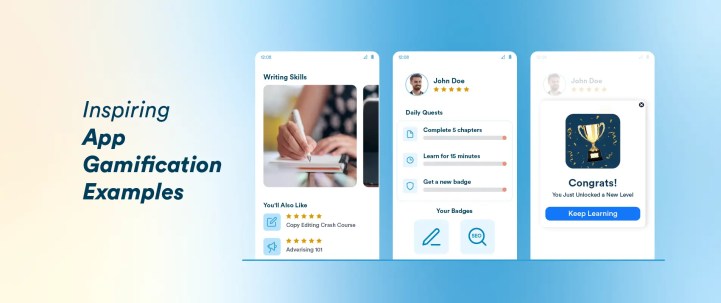Today’s mobile users expect more than just utility from their apps. They want experiences, something engaging, rewarding, even entertaining. However, most apps struggle to maintain user interest after the initial app installation.
User retention drops sharply if value isn’t delivered immediately: 21% of users abandon an app after the first use. That’s where app gamification helps.
App gamification introduces fun, goal-setting, and even a sense of achievement into otherwise routine behaviors. According to CleverTap’s report on interactive customer experiences, the average human attention span dropped from 12 seconds in 2000 to 8 seconds in 2020. Interactive content garners 2 times more engagement than static content.
In this guide, we’ll break down what gamification means in the context of mobile apps, why it works so effectively, and provide examples from top-performing apps across industries. You’ll also find gamification ideas tailored to specific verticals, along with strategic tips for integrating gamification into your product.
What is App Gamification?
App gamification refers to the use of game-like elements, mechanics, and design in non-game environments to improve user engagement, experience, and loyalty. In the context of mobile apps, this means using incentives, such as points, streaks, missions, and rewards.
App gamification doesn’t mean turning your app into a game. Instead, it means introducing elements that encourage repetition, reward progress, and build momentum.
These mechanics work because they align with our psychological need for achievement, mastery, and autonomy. App gamification taps into both internal motivation (feeling progress, developing skills) and external reward (points, recognition), creating a compelling feedback loop that enhances the core value of your app.
Types of App Gamification You Can Use
According to CleverTap’s report, some of the top gamification examples in apps include:
- Quizzes and interactive polls to recommend products
- Spin-to-win promotions to encourage purchases
- Badges and leaderboards for community engagement
- Loyalty programs with challenges and milestones.
Download CleverTap’s interactive customer experiences handbook to learn more about app gamification and other strategies that boost customer lifetime value.
Benefits of App Gamification
App gamification improves key business metrics by nudging users to stick around longer. Here are the primary benefits:
- Increases Retention: When users experience momentum, they’re more likely to return. Businesses that incorporate gamified loyalty programs, like virtual badges, points, or exclusive rewards, see a 22% boost in customer retention. This results in higher customer lifetime value.
- Boosts Social Sharing and Visibility: App gamification can increase social media sharing by 22%. Incorporating game-like features such as challenges, quizzes, and competitions encourages users to share their achievements publicly, boosting organic brand visibility. As a result, gamified content is shared 12 times more than non-gamified content.
- Enhances Onboarding and Feature Adoption: First impressions matter. Guiding users through onboarding with task lists, checkmarks, or early rewards reduces friction and helps them experience value faster. These mechanics can also highlight underused features and encourage deeper usage.
- Improves Conversions: Whether it’s referrals, purchases, or profile completions, gamified incentives provide that extra nudge. Unlockable perks or timed challenges can motivate users to act without relying solely on discounts or notifications.
Learn how to increase your app conversion rate.
14 Real-World App Gamification Examples
Here are 14 apps that have successfully embedded gamification into their experience. Each one demonstrates how game mechanics can enhance stickiness and create memorable interactions.
1. Duolingo
Duolingo has successfully turned language learning into an engaging, habit-forming experience through clever use of gamification. Key elements include:
- XP & Levels: Users earn XP to level up, creating a sense of achievement and visible progress.
- Daily Streaks: Streaks encourage consistency by tapping into loss aversion—users don’t want to break their streak.
- Leaderboards & Leagues: Friendly competition through weekly leagues motivates users to stay active.
- In-App Rewards: Gems earned through lessons unlock fun features, adding an incentive to keep going.
- Badges: Visual milestones reward progress and foster motivation.
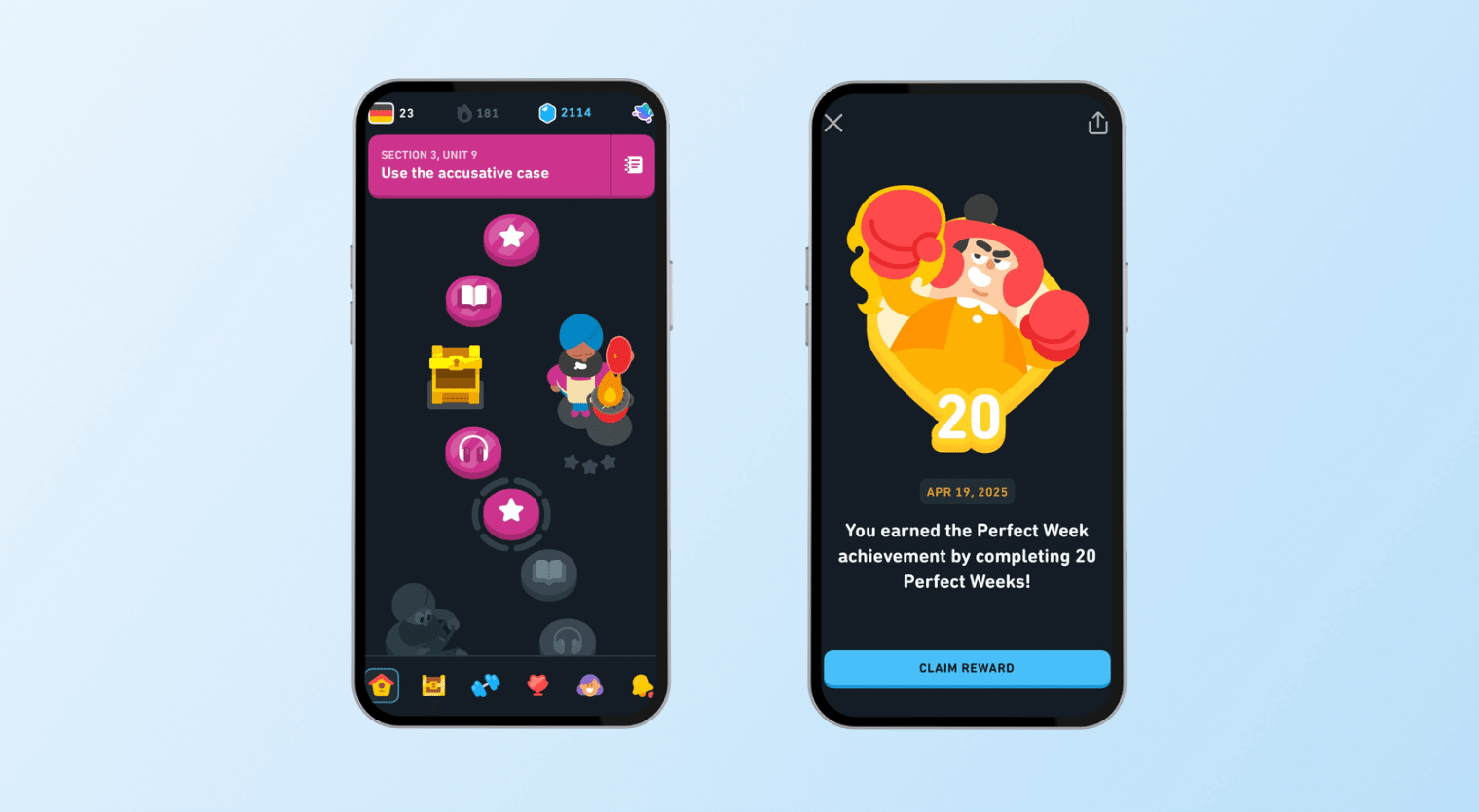
Source: Duolingo App
2. Nike Run Club
Nike Run Club rewards uses smart gamification to motivate and retain users by transforming running into a fun, rewarding experience. Instead of relying on traditional rewards, the app taps into intrinsic motivation through features like:
- Challenges that let users compete globally or with friends
- Achievements and milestones that celebrate progress
- Social sharing to build community and accountability
Key Gamification Tactics:
- Progress tracking with visual stats
- Friendly competition and virtual trophies
- Personalized encouragement and streaks
These elements make users feel accomplished and connected, driving regular use without relying on discounts or external incentives.
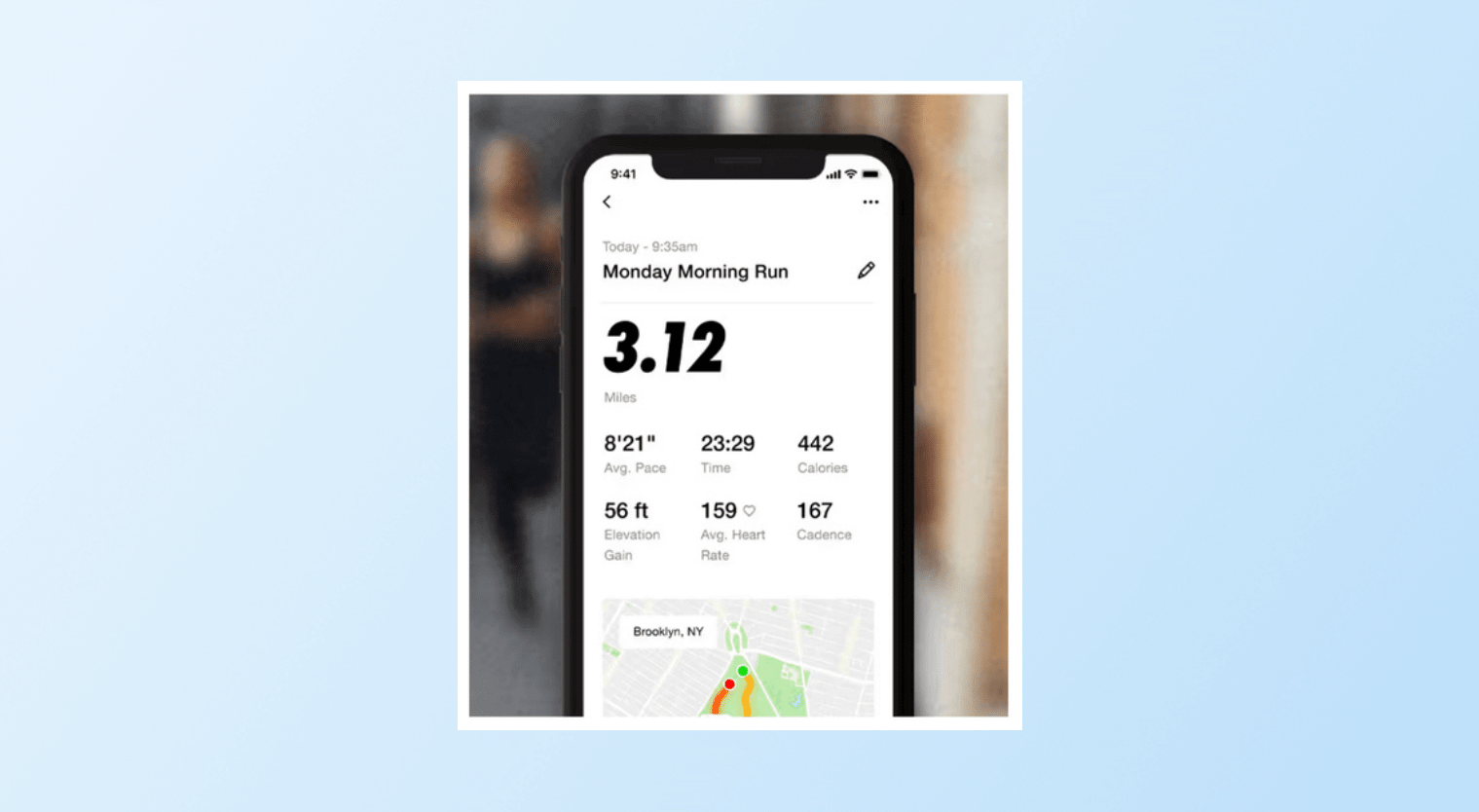
Source: Nike Run Club
3. Forest
Forest encourages focus by growing a virtual tree when users avoid distractions. Leaving the app kills the tree, creating a tangible consequence for breaking concentration. Over time, users can grow an entire forest representing their productivity.
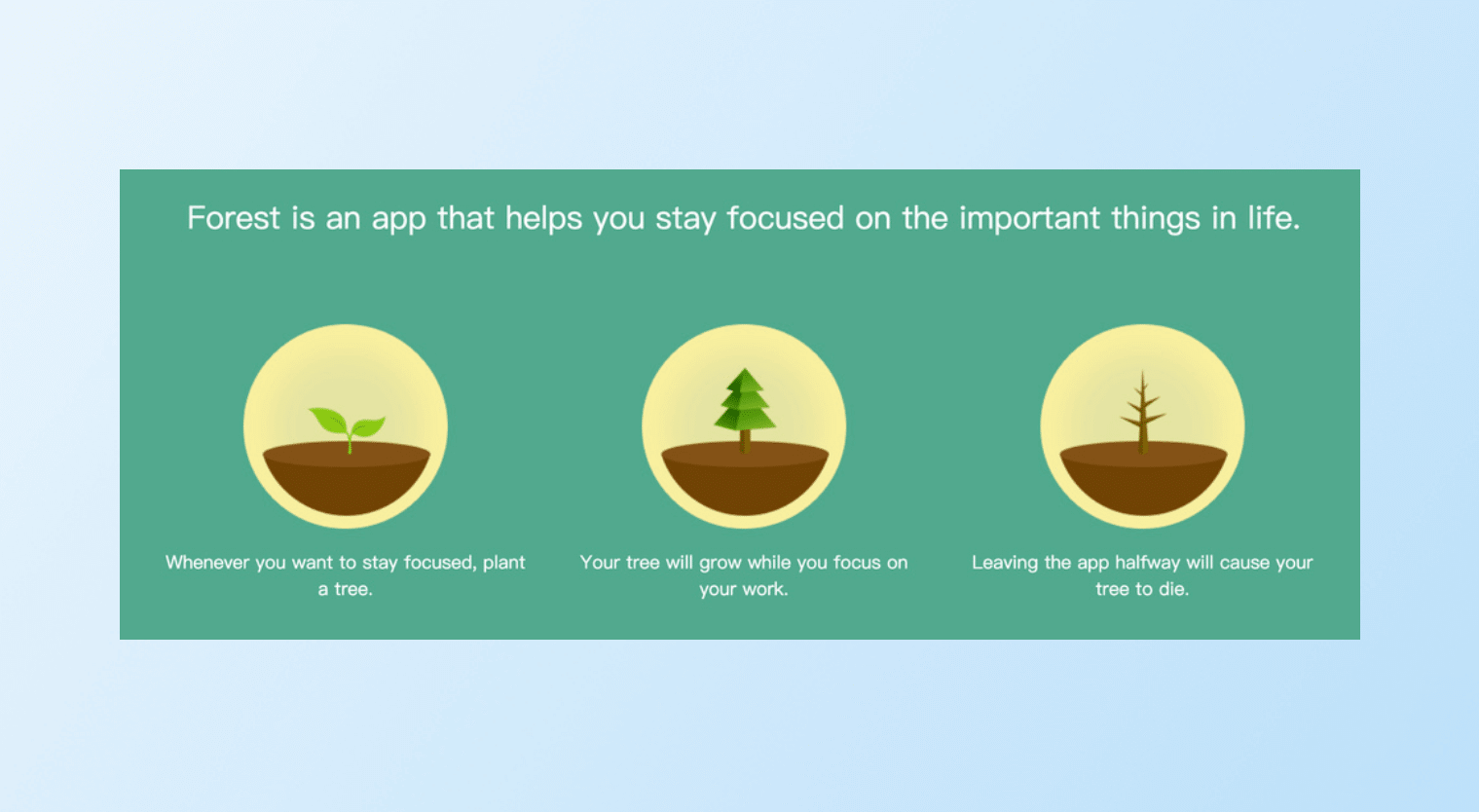
Source: Forest App
4. Fitbit
Fitbit effectively applies multiple gamification principles to drive motivation and long-term customer engagement:
- Goal Setting & Progress Feedback: Users set personal goals (e.g., steps, distance, calories) and receive real-time progress updates, which taps into the need for achievement and self-tracking.
- Challenges & Streaks: Fitbit includes daily and weekly challenges, often with time limits, encouraging consistent activity. Users are rewarded for streaks, reinforcing daily engagement.
- Badges & Milestones: Users earn virtual badges for hitting milestones—like their first 10,000 steps or climbing the height of famous landmarks—creating a sense of accomplishment.
- Social Competition: Fitbit integrates leaderboards and lets users compete with friends, tapping into friendly competition and social motivation.
- Narratives & Theming: Some challenges come with themed journeys (e.g., “Hiking the Alps”), adding a fun narrative layer that makes fitness feel like an adventure.
These tactics align with key gamification lessons: clear goals, regular feedback, social interaction, and making progress feel rewarding—all contributing to Fitbit’s long-term user retention.
5. Habitica
Habitica gamifies productivity using role-playing mechanics. It is a task management app that helps organize tasks and to-do lists. Users earn experience points and gold for completing tasks and can level up their avatars or unlock gear. The app also provides social networking capabilities using guilds to collaborate and compete in, and to share achievements.
It turns daily responsibilities into quests, boosting motivation and reinforcing behavioral patterns by tracking good and bad habits.
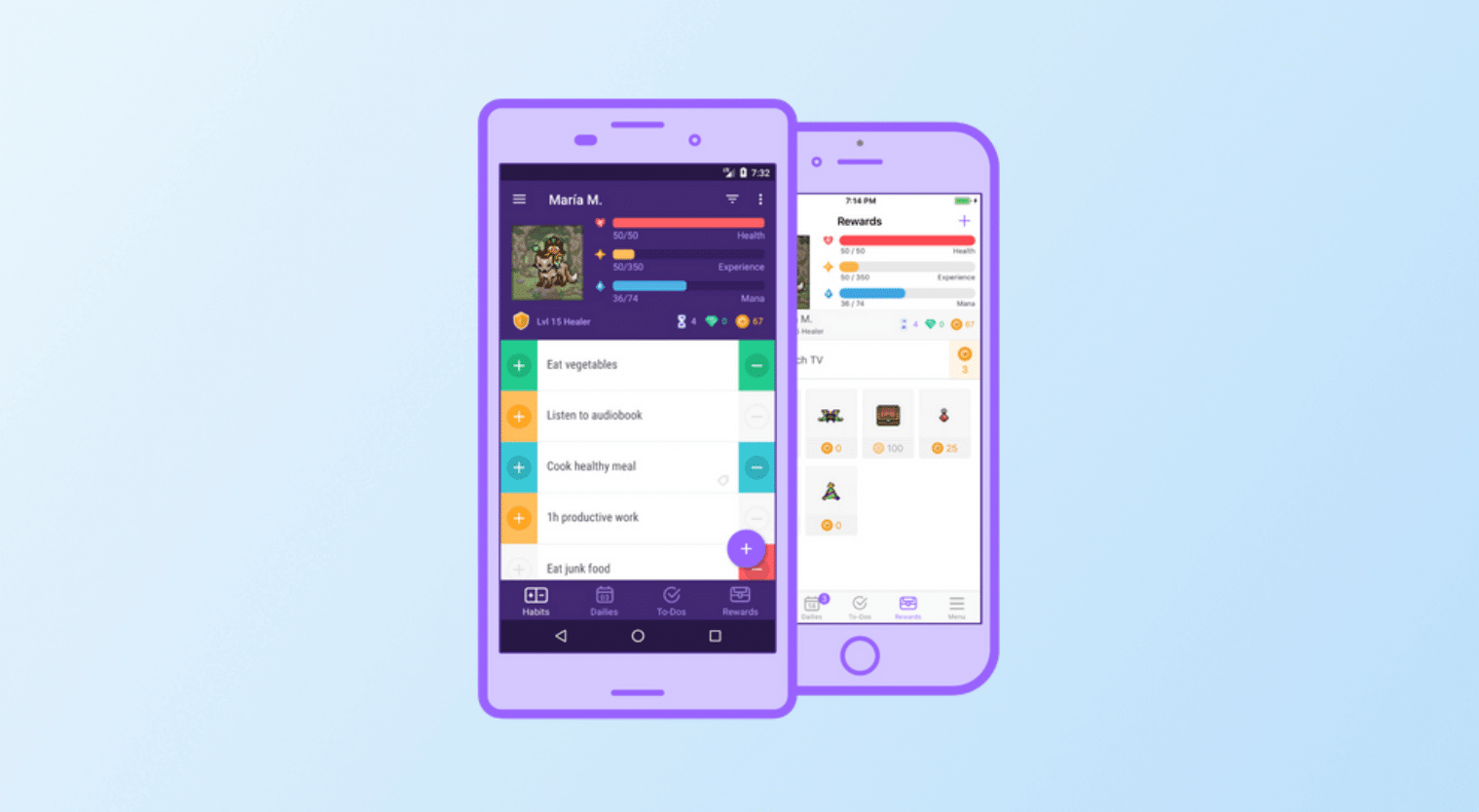
Source: Habitica
6. Starbucks Rewards
Starbucks ties loyalty to game mechanics. Customers earn stars for every purchase, unlock higher tiers, and gain access to exclusive perks. The tiered structure and regular challenges keep users checking in and spending more.

Source: Starbucks
7. Khan Academy
Khan Academy motivates learners through badges that are awarded for behaviors like earning points, achieving mastery of exercises, or community building, energy points that measure effort, and avatars that become available as students earn more energy points. As students progress through lessons, they earn tangible rewards and see their growth, which helps maintain interest and motivation.
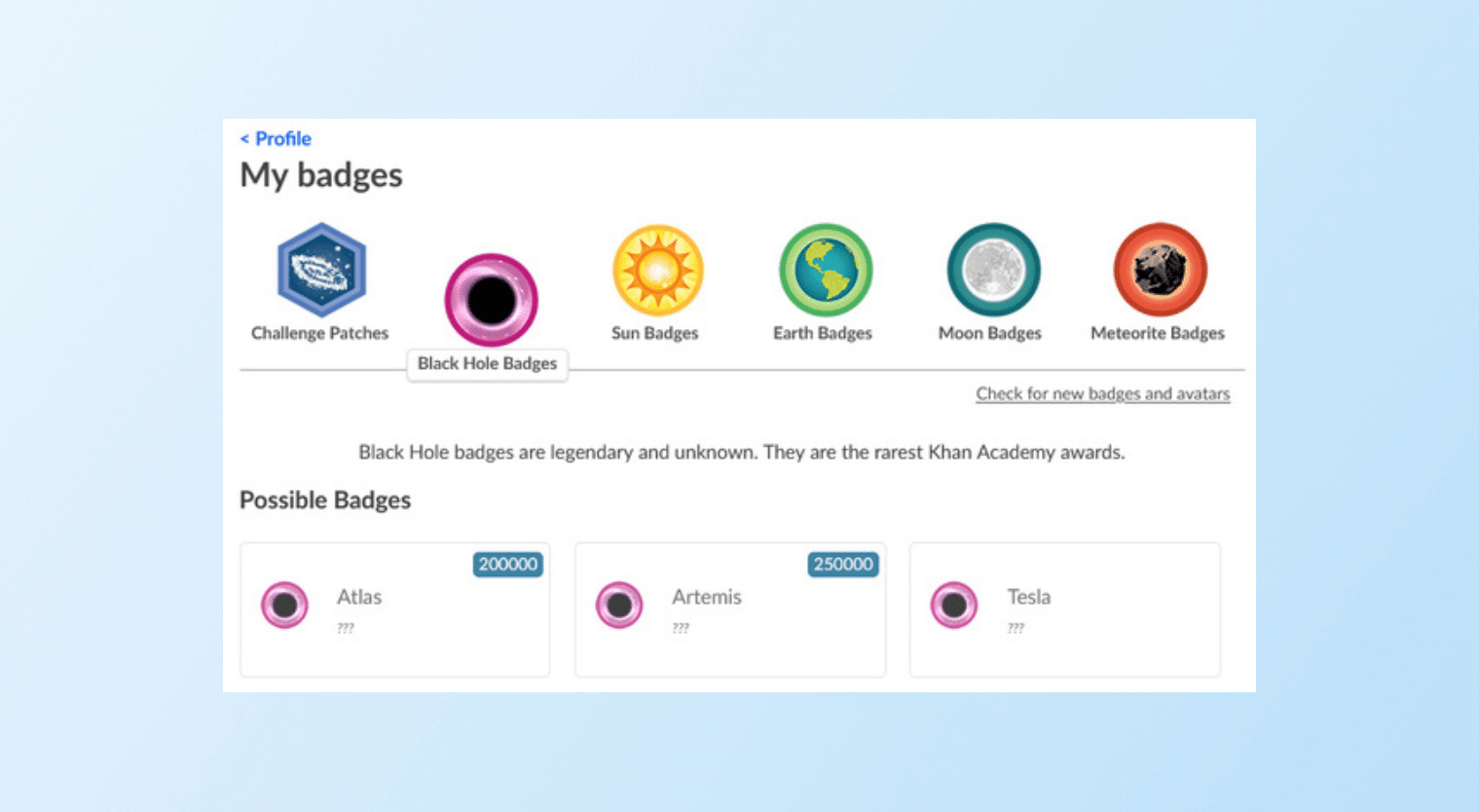
Source: Khan Academy
8. Headspace
Headspace uses streaks, visual journeys, and milestone animations to encourage meditation consistency. The app celebrates progress, making mindfulness feel less abstract and more rewarding.
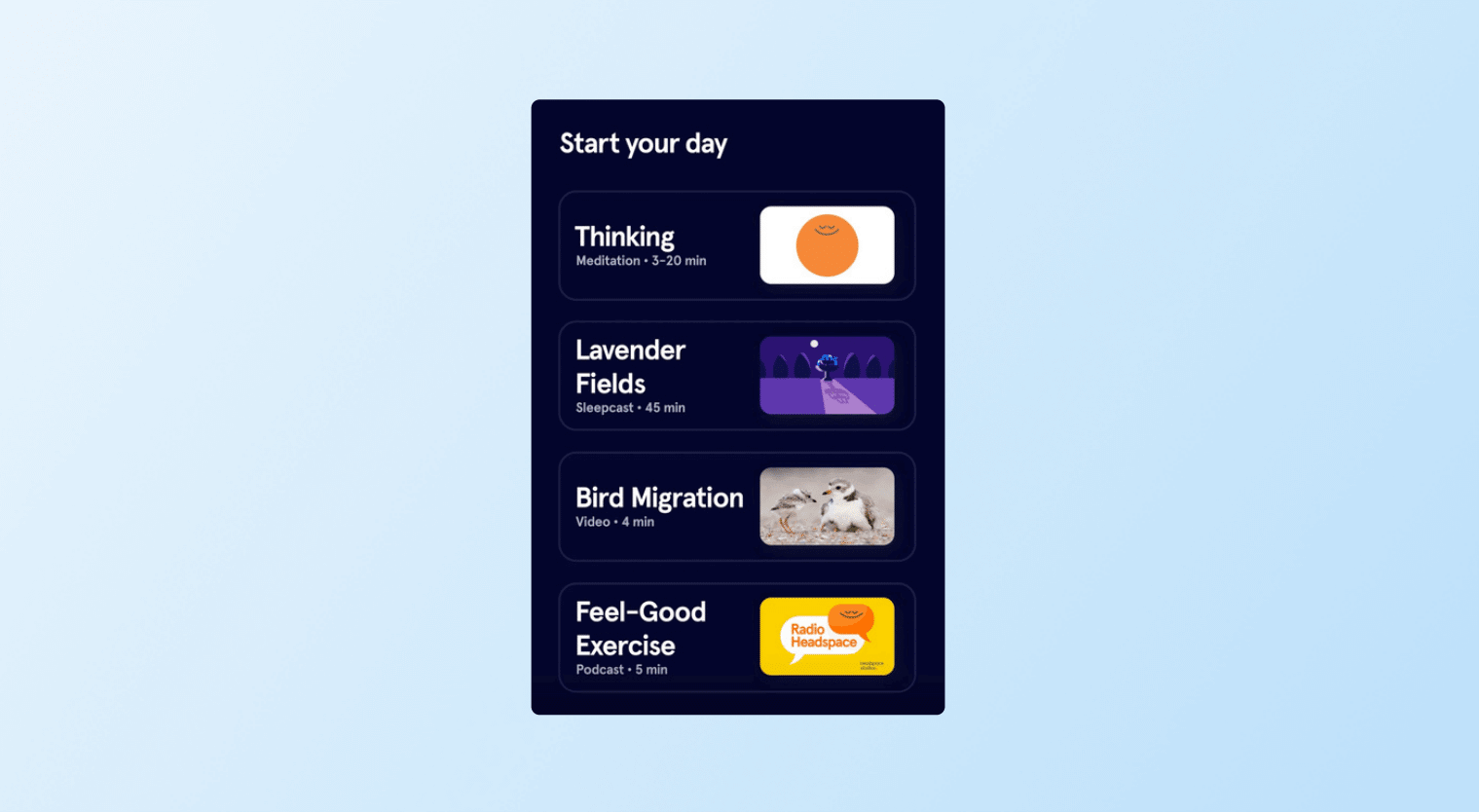
Source: Headspace
9. Snapchat
Snapchat’s streak system is a standout example of habit-forming app gamification. Users are encouraged to send daily snaps to maintain streaks, fostering consistent engagement. The app reinforces this behavior with reminders when streaks are about to expire, creating urgency.
Additionally, Snapchat awards trophies and emojis for hitting milestones, like snap volume or filter use. These simple yet effective mechanics turn routine interactions into rewarding habits, driving daily app usage and long-term retention through a mix of commitment, competition, and social motivation.
10. Zombies, Run!
Zombie, Run! is a story-driven fitness app that gamifies running by turning workouts into immersive missions. Users hear audio cues and dramatic narratives where they must run to escape zombie attacks, collect supplies, and complete objectives.
The app blends storytelling, missions, and rewards to transform routine exercise into an engaging adventure. By making users the heroes of a post-apocalyptic world, it taps into escapism and motivation, encouraging consistent activity through fun, fear, and purpose.

Source: Zombies, Run!
11. Waze
Waze uses gamification to make driving and reporting traffic fun and engaging. Users earn points and achievements for contributing real-time data like accidents or road closures. A leaderboard ranks top contributors, adding a competitive edge and encouraging ongoing participation. This transforms everyday driving into a social, game-like experience where users feel rewarded for helping others and staying active in the app.
12. MyFitnessPal
MyFitnessPal gamifies health tracking by rewarding users with badges, milestones, and streaks for consistent logging of meals and workouts. These visual achievements acknowledge progress and build a sense of accomplishment, encouraging daily engagement. By turning routine calorie tracking into a rewarding experience, MyFitnessPal keeps users motivated and focused on their long-term health goals.
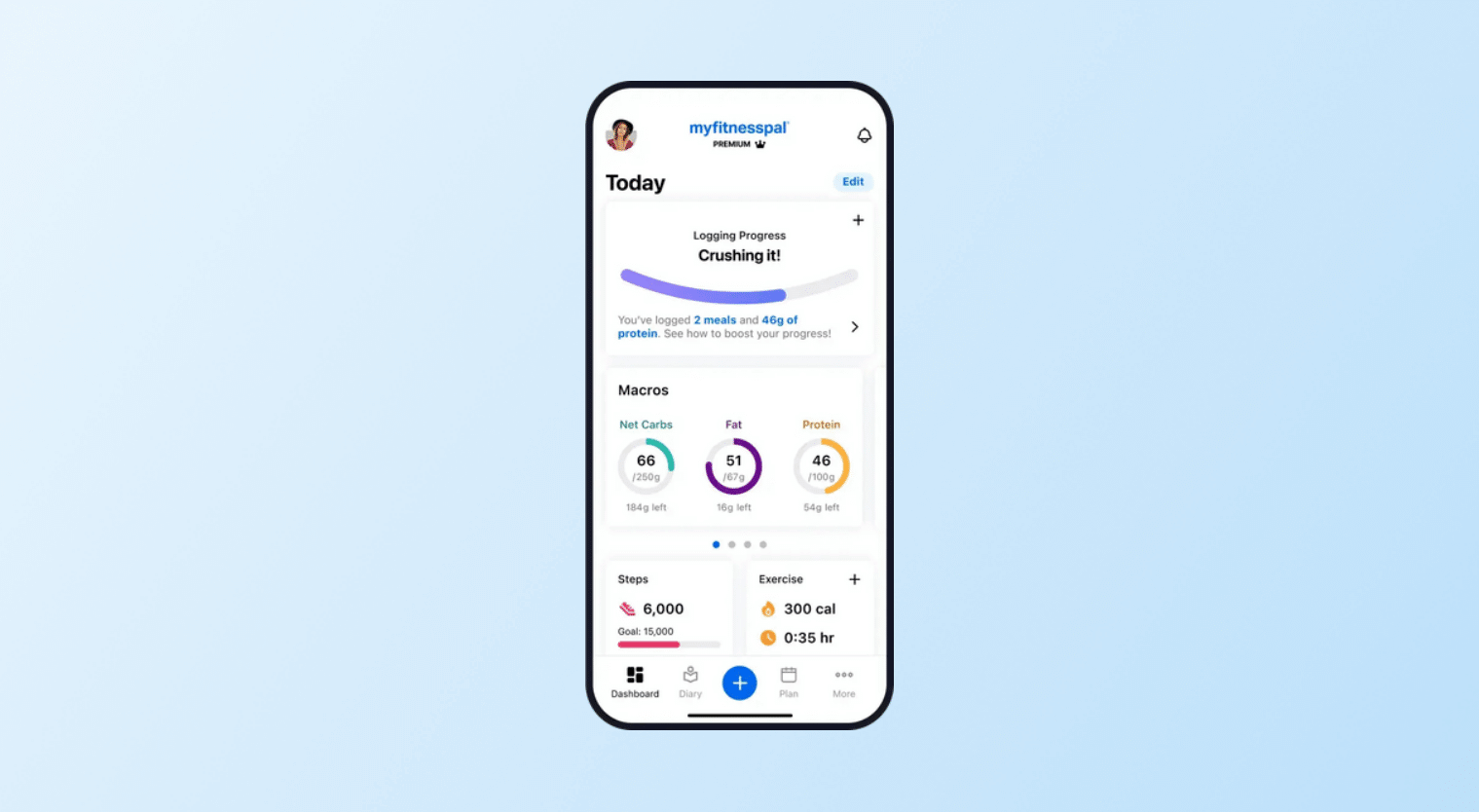
Source: MyFitnessPal
13. Cash App
Cash App uses gamification through features like Cash Boosts and surprise incentives that appear during everyday use. These perks encourage users to explore the app, make purchases, and refer friends. By integrating rewards seamlessly into the experience, Cash App keeps users engaged and motivated to return, boosting satisfaction and feature adoption.
14. Tinder
Tinder’s gamifies dating with its iconic swipe mechanic, mimicking the instant feedback loop of games. Features like Boosts, Super Likes, and animated match screens add excitement and urgency, creating a fast-paced, reward-driven experience. This game-like design encourages frequent use and keeps users coming back for more.
How OurBus Used App Gamification to Achieve 2X CRM Revenue with CleverTap
OurBus faced challenges with traditional engagement channels like push notifications and emails, which had limited reach due to phone settings, user opt-outs, and battery optimization. These channels often resulted in low visibility and high drop-offs, especially when users had to switch between apps to retrieve coupon codes. Time-sensitive offers were frequently lost in crowded inboxes and notification trays, reducing redemption rates and weakening overall CRM campaign performance.
Solution: To overcome these hurdles, OurBus implemented in-app gamification using CleverTap’s In-App HTML popups. They introduced engaging, personalized games like Spin the Wheel, Catch the Santa, Match the Card, and Scratch and Win. These were:
- Embedded directly into the app for seamless interaction
- Designed to eliminate the need to switch apps
- Targeted at non-returning users based on segmentation
- Able to deliver instant rewards (coupon codes) with a single tap
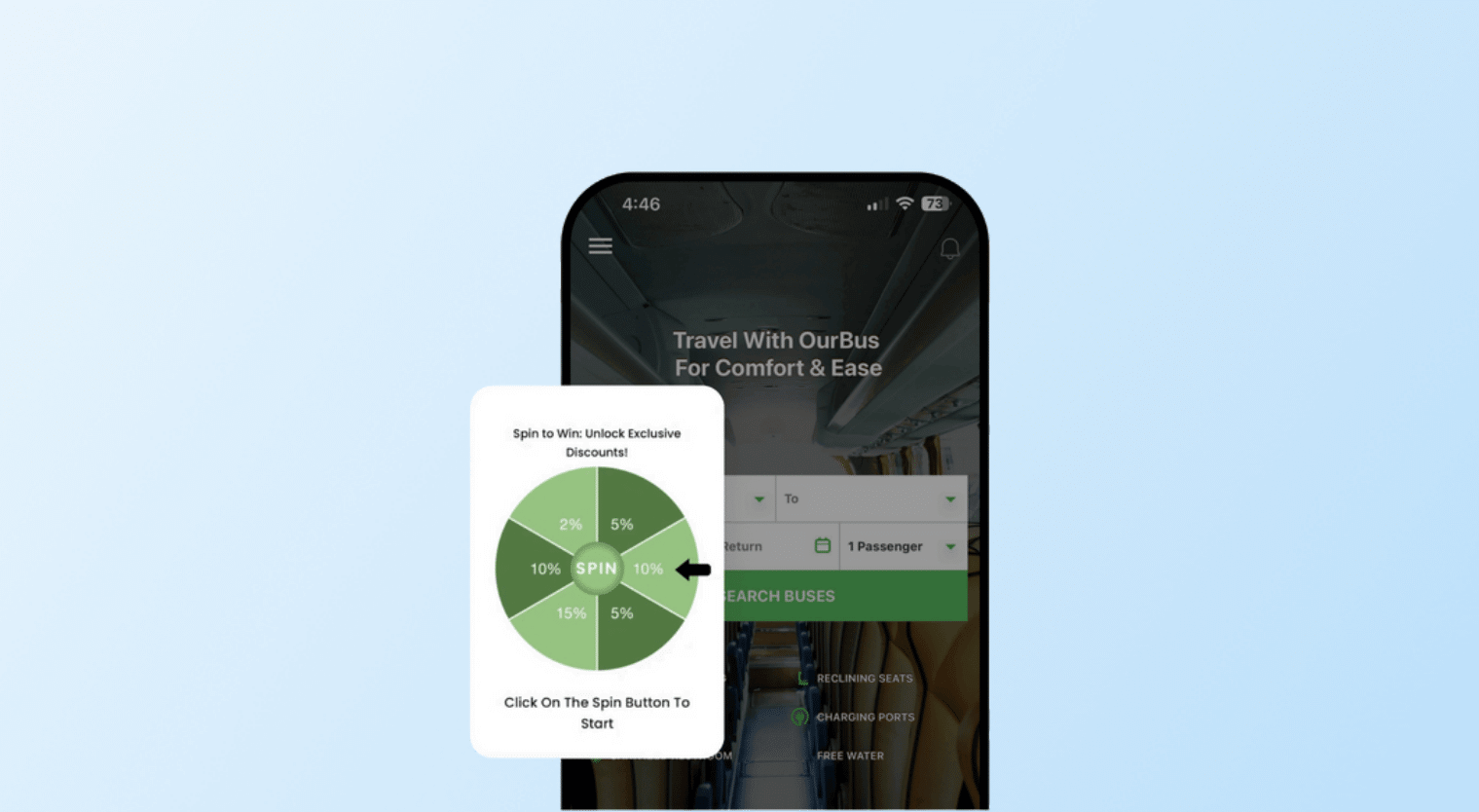
The campaigns were interactive, timely, and customized, creating a frictionless user journey and improving offer visibility.
Impact:
- 2X increase in CRM-driven revenue
- 40% growth in overall campaign engagement
- 20% improvement in coupon code redemption rates
These results underscore the power of gamified, in-context engagement in boosting user interaction and business outcomes.
Read the full case study here.
Learn how CleverTap can help you with app gamification to boost engagement and user retention.
Gamification Ideas for Apps Across Industries
Gamification can work for almost any app, but it must be tailored to the user’s context and the problem your product solves. Below are industry-specific ideas that demonstrate how to align mechanics with business goals.
Health & Fitness
Fitness apps are built around progress, and gamification helps make that progress feel more tangible. Badges for hitting workout milestones or breaking personal records give users a sense of achievement.
Step challenges and streak-based rewards tap into consistency and help users stay motivated over time. Many apps also visualize progress through graphs, fitness levels, or journey-style trackers that show how far someone has come. As an extra boost, unlocking new workouts or bonus content after consistent use adds a layer of surprise and reward that keeps users engaged.
Productivity
Productivity apps often face a drop in engagement once the initial need is met. To keep users motivated, many introduce features like daily streaks and end-of-day summaries that reward consistency.
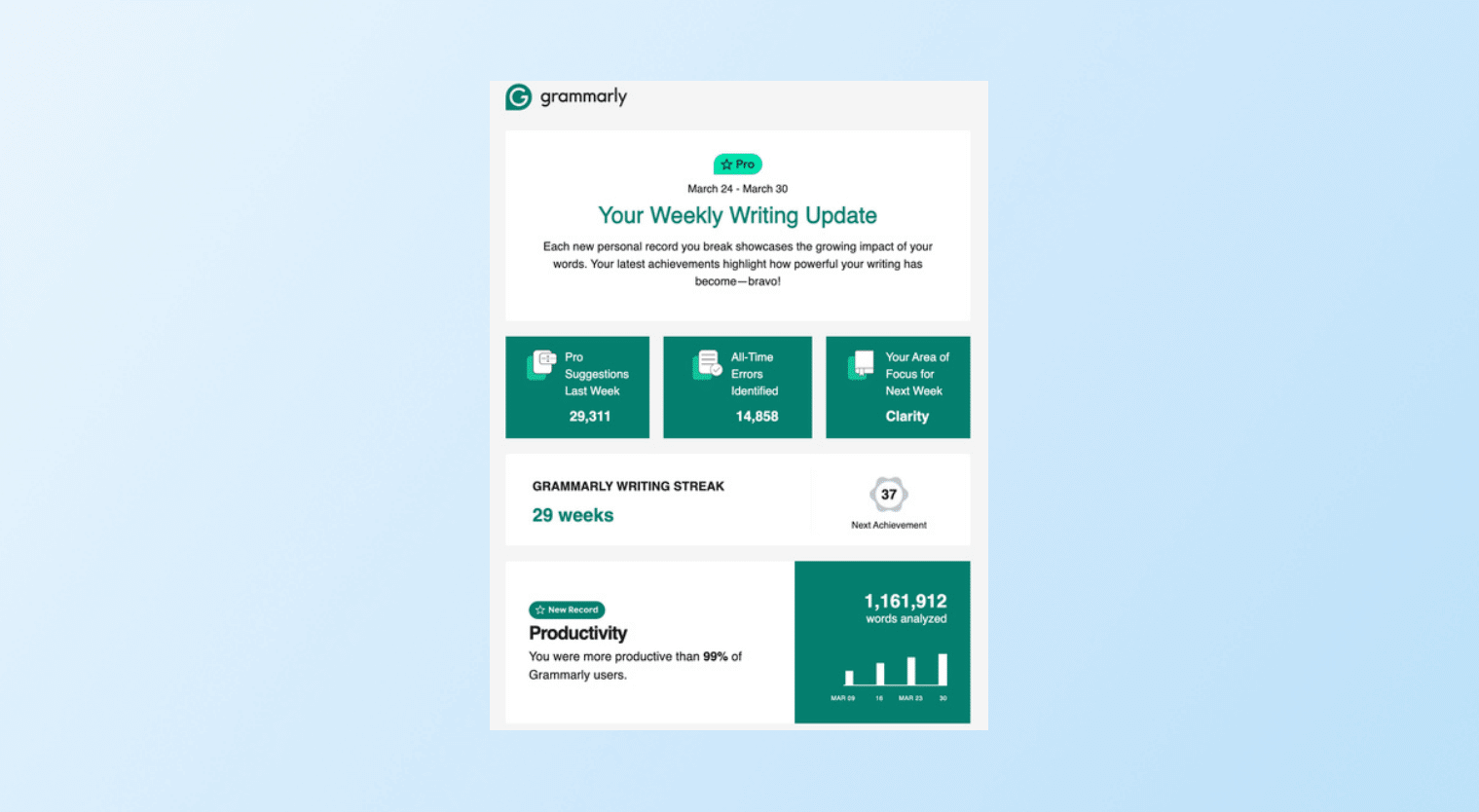
Source: Grammarly
Some go further by adding leveling systems for tackling bigger projects, giving users a sense of accomplishment as they progress. Unlockable themes, avatars, or sounds tied to ongoing usage add a personal touch and encourage habit formation.
Weekly insights and comparisons to previous performance also help users stay aware of their growth, making the app feel more like a partner than just a tool.
Finance
Financial apps benefit from building trust and encouraging smart habits. Gamification can support this by rewarding users for consistent behavior, like savings streaks tracked with visual milestones or progress bars.
Some apps offer goal-based incentives, where hitting a budgeting target unlocks a small reward or celebratory feedback.
Others introduce cashback challenges tied to spending with certain merchants, turning everyday transactions into mini-missions. Tiered referral programs or unlockable tools add further motivation, helping users feel like they’re progressing while staying in control of their finances.
Social Media
Social apps rely on frequent interaction, and gamification helps keep that momentum going. Many platforms use engagement badges to recognize activity like posting, sharing, or replying, turning everyday actions into something users feel proud of.
Leaderboards can highlight top contributors in a group or community, encouraging friendly competition. Viral challenges and user-generated contests add a sense of play and community, while simple visuals showing follower growth or reach make progress easy to see and celebrate. Together, these elements keep users involved and motivated to stay active.
E-Commerce
Gamification plays a big role in how shopping apps keep users coming back. Many use point systems that reward purchases, reviews, or referrals, giving customers something to work toward. Some add spin-the-wheel offers at checkout to introduce a bit of fun and surprise.
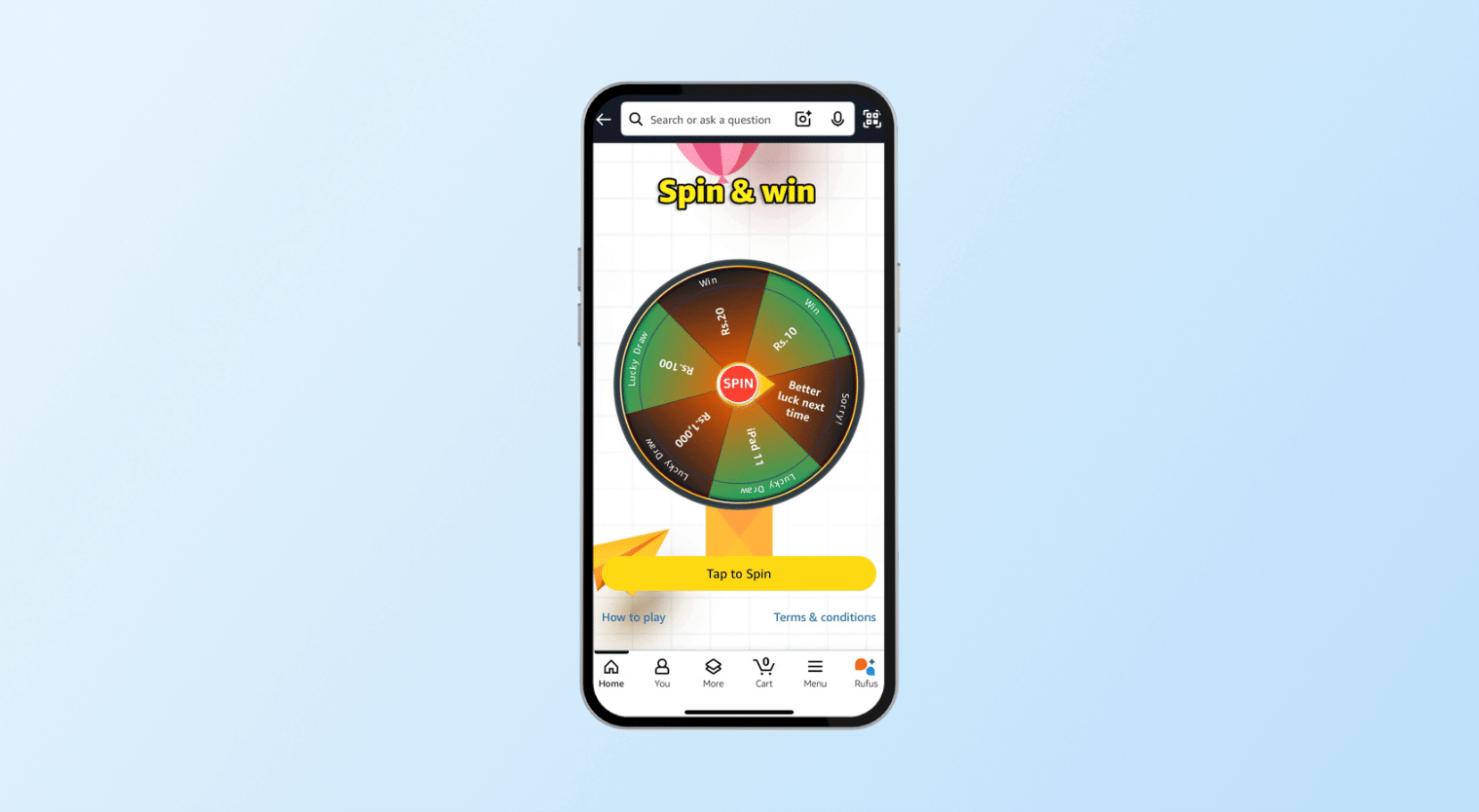
Source: Amazon
Tiered loyalty programs, where users unlock better rewards as they spend more, help drive repeat purchases. Others highlight milestones like a user’s tenth order or a completed wishlist, by offering badges or limited-time perks. These small touches make the shopping experience more rewarding without getting in the way.
Best Practices for Implementing App Gamification
Not every gamified feature works. To ensure success, it’s essential to root your design choices in behavioral science and align them with business objectives. Here are some best practices:
- Start With Real User Motivation: Understand what drives your users: mastery, recognition, progress, or competition. Design mechanics that support these deeper needs rather than relying on surface-level gimmicks.
- Balance Extrinsic and Intrinsic Rewards: External perks like discounts and points can catch attention, but long-term engagement comes from internal rewards like progress, self-improvement, or habit-building. Use both to create a sustainable feedback loop.
- Simplify the Experience: Keep your gamification intuitive. A simple badge or streak counter is often more effective than complex point systems or layered mechanics. Avoid making users learn a new game just to use your app.
- Blend Seamlessly Into UX: Game elements should feel like a natural part of the experience. Whether it’s a progress bar or a milestone notification, integration should be smooth and subtle, not a distraction.
- Continuously Measure And Improve: Track how gamified features impact behavior. Use A/B testing to adjust reward timing, placement, or frequency. Let data guide your iterations to maximize impact without overcomplicating the experience.
- Don’t Overdo It: Gamification works best when it supports value, not when it replaces it. Too many game elements can feel manipulative. Focus on a few well-integrated features that reinforce your core product experience.
Choosing the Right Strategy for App Gamification
Every app has different goals, so your gamification strategy should reflect your product’s stage and audience.
- During Onboarding: Introduce quick wins like checklists, visual bars, or progress meters to help users build momentum.
- During Engagement Phase: Add mid-level challenges, feature unlocks, or habit-tracking tools to deepen involvement.
- For Long-Term Users: Incentivize referrals, offer tiered status systems, or recognize loyalty milestones. Also, consider your technical capacity. If you’re early-stage or resource-limited, start simple. Use your existing analytics stack to track small gamified experiments before scaling.
Our Takeaway
App gamification can turn app usage into a rewarding experience that builds habits and drives business growth. The key is to integrate it meaningfully into your user experience—not just as decoration, but as a strategic layer that enhances value. CleverTap helps you turn gamification into action. With powerful analytics, audience segmentation, and engagement automation, you can build, test, and scale gamified journeys that keep users returning.
Want to learn how gamification can supercharge your user engagement? Book a demo with CleverTap!
Subharun Mukherjee 
Heads Cross-Functional Marketing.Expert in SaaS Product Marketing, CX & GTM strategies.
Free Customer Engagement Guides
Join our newsletter for actionable tips and proven strategies to grow your business and engage your customers.

